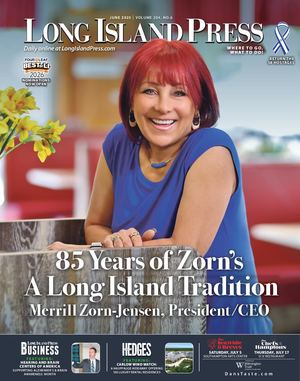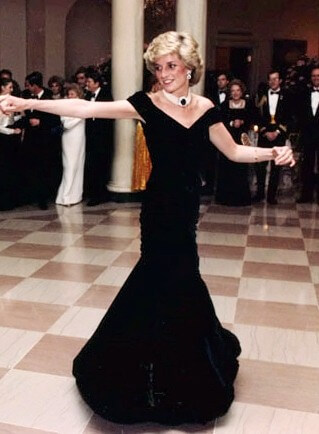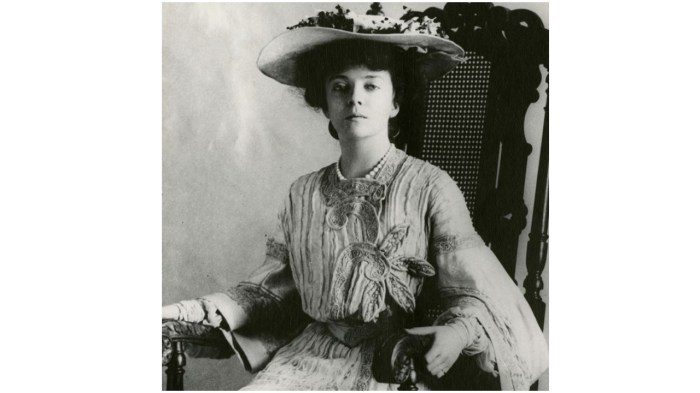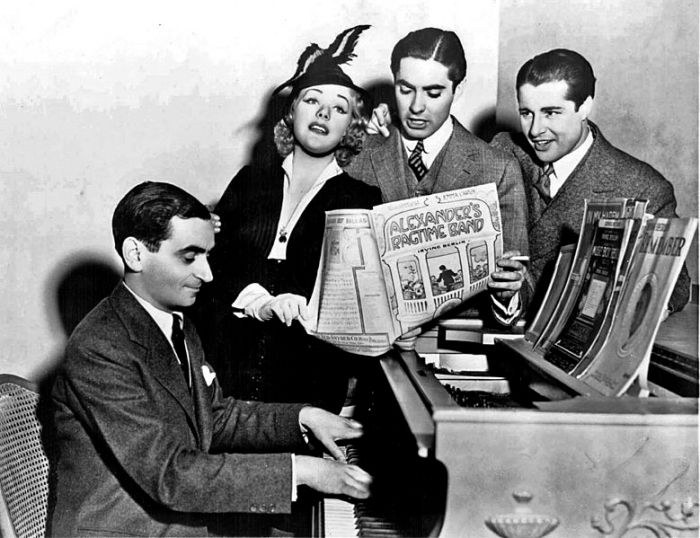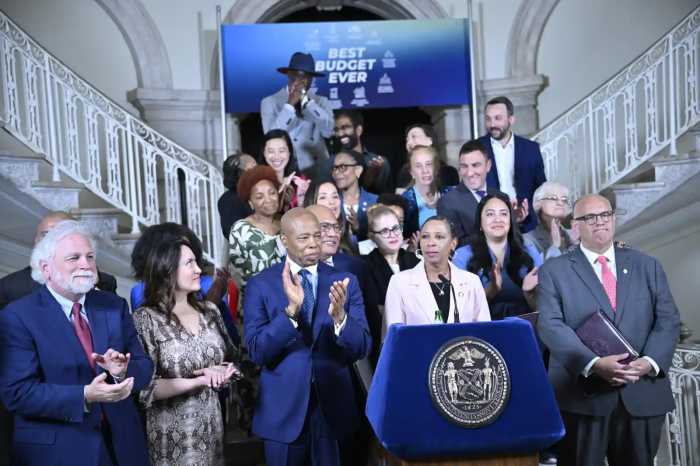When Princess Diana, Princess of Wales, was killed in an automobile crash in the summer of 1997, the world mourned.
For years, the media had obsessively photographed and interviewed her, even after she and Prince Charles were divorced a year before her death. But that scrutiny may have missed how an earlier assessment by U.S. and British security — and her personal decision — led to her being in Paris in August — not in Southampton on Long Island’s East End, which was where she really wanted to be.
The roads we choose to travel can dictate what lies ahead. If she had chosen a different way to protect her safety 25 years ago, would she still be alive today?
Princess Diana Thinking Beyond the Palace
After her death, Tony Blair, who was then the United Kingdom prime minister, dubbed her “the People’s Princess” because she would set aside her problems and connect with others, especially nonroyals, even when she was in physical or emotional pain.
Lady Diana Frances Spencer’s early years were both comfortable and fraught with sadness. Born on July 1, 1961 in Norfolk, England, she had multiple connections to the Crown and grew up with her young neighbors, members of the royal family, as playmates. But while she was raised by wealthy parents in an aristocratic home, their divorce and custody battle starting when she was 7 changed her forever, sources say.
The shy young woman first met Prince Charles, heir to the British throne, when she was a teenager. A few years later, when she was 19, they became engaged.
Photographers and reporters recognized the star quality of the instant celebrity who wore clothes well.
The public’s appetite for news of the fairy-tale couple was rewarded on July 29, 1981, in a pageantry of pomp. The public relations bonanza succeeded at a more innocent time, before ubiquitous computers, cell phones, and social media dominated everyday life. As The New York Times wrote, Spencer “was famous before the internet.” The nuptials drew 3,500 guests, and 750 million viewers in 74 countries tuned in to watch.
The lives of the couple — but mostly of Her Royal Highness and their two sons — were chronicled relentlessly by paparazzi elbowing their way to the front of the crowd to snap candid photographs to sell to the tabloids.
Princess Diana was more than a fashionable figure. Surveilled and accompanied by British protection teams, she ventured beyond the palace to use her media savvy to illuminate charitable causes, from stepping onto active minefields to call for the international banning of landmines to shaking hands with an AIDS patient to show that people could not catch the disease with a handshake. She gave passionate speeches based on her experiences with bulimia and mental health, describing how people suffering with depression retreat into their own private hell behind closed doors.
“Their self-esteem evaporates into a haze of loneliness and desperation,” the soft-spoken princess told the mental health charity Turning Point.
But the constant media coverage also revealed how the couple grew apart and involved themselves in affairs. They were divorced on Aug. 28, 1996.

Over the Wall
After the divorce, Princess Diana realized she could not compete with what the royal family offered her sons Prince William, 15, and Prince Harry, 12, according to royal biographer Diane Clehane, writing in Yahoo!life.
“She worried that she was losing William and Harry to a way of life that she was no longer part of. She was considering a move to the states and wanted to see if the boys would like the Hamptons. She thought they would love it there.”
Spencer believed there was an enchanted place “called ‘Abroad,’ where she could be understood and where she could lead a more normal life,” wrote essayist Clive James in The New Yorker.
This belief propelled her, wrote James, toward what he saw as the wrong direction: “over the wall, out of the country, away from her protection.”
Spencer rid herself of police protection after the divorce, according to the Daily Mail, claiming that “officers were a ‘shackle’ on her private life.”
The Cost of Fame
In spring 1997, Princess Diana asked Teddy Forstmann, a controversial billionaire entrepreneur and sometime beau, to find her a house to rent for a week near his Southampton oceanfront mansion. He found one with a private pool on the ocean.
Multiple sources later reported that U.S. intelligence agencies had bugged the phones of Spencer and Forstmann without permission from British secret intelligence services. Some claimed that Forstmann planned to run for U.S. president, meaning that if Spencer and Forstmann married, Spencer could become first lady.
Princess Diana learned that the security force judged the Hamptons location too dangerous to take her sons — possible future kings of England — to. So she brought her boys to France instead, which offered greater security.
There, in July, the 36-year-old was photographed and became the subject of a $6 million photograph, the most expensive paparazzi photo ever sold. A month later, on Aug. 31, she died in a fiery automobile crash in a Paris tunnel.
Related Story: The Duke of Windsor’s Royal Summer on Long Island
